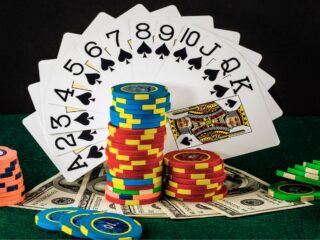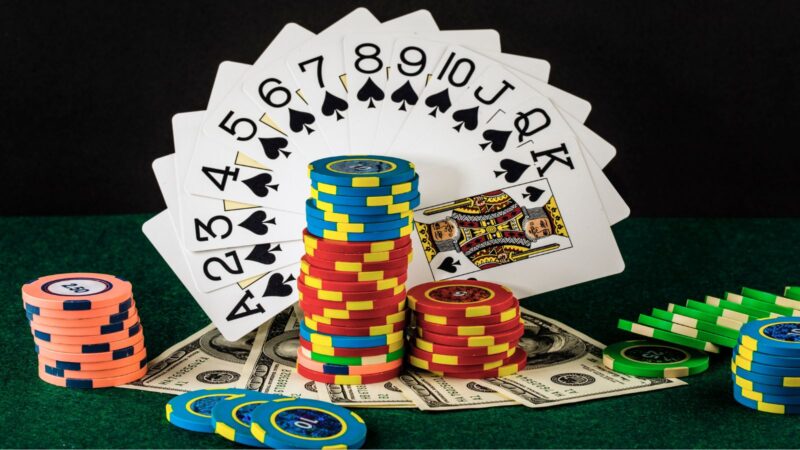
This is a guide for beginners to help learn the basics of color mixing. This guide will tell you how to mix primary colors in order to create secondary colors, and the theory behind it. We’ll start with mixing lights, then move on to pigments. I would like this information posted on Neopets Art Gallery , so if you can, please add it there. I would like to thank the following people: * Ashy for her help with this guide.
light theory
Light can be broken down into 3 colors – Red, Green & Blue. When combined, these three create white light. Every other color can be created by mixing two of these together in different amounts.
The color wheel is something many artists use to help them decide how certain colors will look next to each other. I’ve included it here because I think it’s helpful for visual learners, even though this guide will mainly be teaching the maths behind creating hues (which are derived from primary pigments). Also, you’ll notice that the numbers representing each color are in a repeating pattern. This is called the “color wheel sequence”. As you can see, if you want to get white light, simply add R+G+B together. If you want to get yellow light, it’s R+G. Blue requires B+R+. And so on…
Tertiary Colors
This is what mixing colors looks like when the primary colors are mixed equally. You will get 3 new colors, which are called tertiaries because they form between the 1st and 2nd level of color mixing. But wait… why do you get red, orange & purple? If you think about it, remember that adding R+G to get yellow light? By adding an equal amount of R+B, you are doing the same thing. So why do you get orange & purple instead of green & blue? This is because human eyes are more sensitive to green than they are to blue. Every time there is a green color added to any other color, our eyes automatically assume that it’s too bright to be blue. By doing this, our eyes don’t get tricked into seeing two colors when there’s only one added (this is also why orange looks like red-ish yellow).
Color schemes can be grouped into 3 categories: Monochromatic , Complementary & Split complementary . Monochromatic simply pairs different values of one color. Complementary schemes pair colors directly opposite of each other on the color wheel. Split complementary pairs a base color with it’s two neighbors on either side.
primary pigment mixtures
This is what happens when you mix primary pigments in different amounts. As you can see, by using less green, you get yellow-green instead of green. By using no green, you get yellow. Remember that even though there are two yellow squares, it’s the same color (just brighter). Also note that brown is not a primary pigment. It can be made by mixing complementary colors (in this case, red & blue) together in equal amounts.
light versus pigments
Now that I’ve shown you the math side of things, let’s explore what happens when we mix lights instead of pigments. Once again, remember that if you want to get white light, simply add R+G+B together. If you want to get yellow light, it’s R+G. Blue requires B+R+. And so on…
When mixing lights, you get the same results as if you were using pigments. BUT! You also get a mixture of white in there too, because that’s what additive colors do when combined. What you’re seeing is actually 2+1 primary lights being mixed together to form secondary colors.
primary pigment mixtures in lights
This is what happens when you mix primary pigments in different amounts using light instead of pigments. As you can see, by using less green, you get yellow-green instead of green. By using no green, you get yellow. Remember that even though there are two yellow squares, it’s the same color (just brighter).












